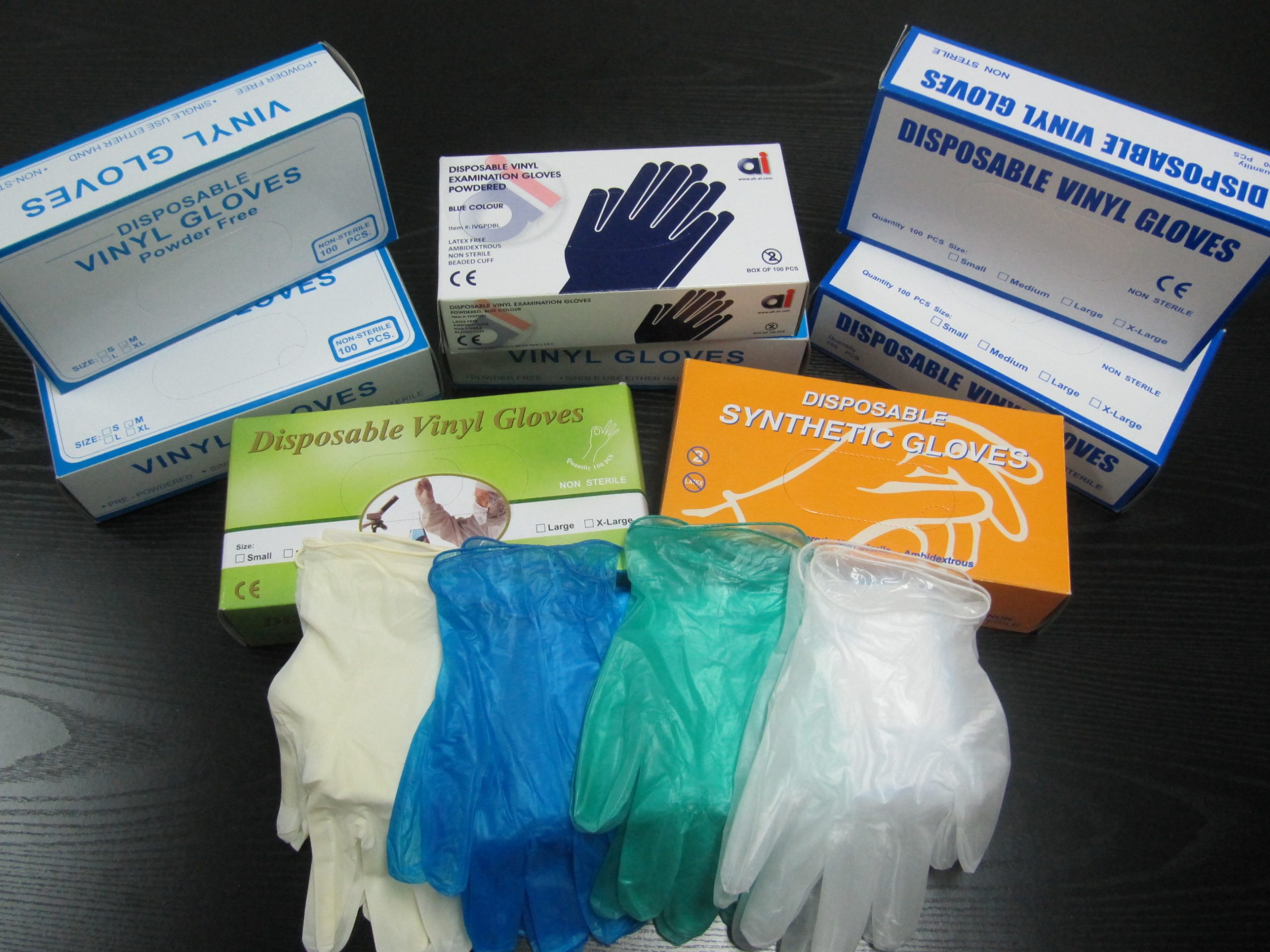Dental care is an essential aspect of maintaining overall health, and the use of a dental bib is a common practice during dental procedures. Whether you are a dentist, a dental assistant, or a patient curious about the process, understanding how to properly use a dental bib is crucial for ensuring comfort, hygiene, and efficiency in the dental setting. This guide will walk you through the steps of using a dental bib effectively.
What is a Dental Bib?
A dental bib, also known as a dental drape or dental napkin, is a protective covering used during dental treatments. It serves multiple purposes: it helps keep the patient’s clothing clean by catching saliva, water, and debris; it provides a sterile field for the dental procedure; and it contributes to the overall comfort of the patient by preventing the spread of liquids and materials.
Step-by-Step Guide to Using a Dental Bib
1. Preparation Before Use
- Select the Appropriate Bib: Dental bibs come in various sizes and materials. Choose one that fits the patient’s size and ensures adequate coverage. Some bibs are disposable, while others can be laundered and reused. Disposable bibs are often preferred for hygiene reasons, especially in situations where cross-contamination risks are higher.
- Inspect the Bib: Before placing it on the patient, check the bib for any tears, holes, or stains. Ensure that it is clean and intact to maintain a sterile environment.
2. Positioning the Patient
- Adjust the Dental Chair: Have the patient sit comfortably in the dental chair with their back reclined slightly. The headrest should be positioned to provide proper support and alignment for the procedure.
- Explain the Process: Inform the patient about the use of the dental bib in a calm and reassuring manner. Let them know that it is there to protect their clothing and keep them comfortable during the treatment.
3. Placing the Bib
- Unfold and Drape: Unfold the bib completely and drape it over the patient’s shoulders and chest. The bib should cover the front of the patient’s clothing from the neck down to at least the waist level. Make sure it is centered and not twisted or bunched up.
- Secure the Bib: There are several ways to secure a dental bib. Some bibs have adhesive strips or Velcro closures that can be fastened around the patient’s neck. If the bib does not have these features, you can use a piece of medical tape or a small clip to secure it in place. Be careful not to tape directly onto the patient’s skin to avoid irritation or discomfort.
- Adjust for Comfort: Once secured, gently adjust the bib to ensure it is not too tight or restrictive. The patient should be able to move their head and shoulders comfortably without the bib slipping off or becoming uncomfortable.
4. During the Procedure
- Monitor the Bib: Throughout the dental procedure, periodically check the condition of the bib. If it becomes soaked with saliva or other fluids, replace it promptly to maintain a dry and hygienic working area.
- Handle with Clean Hands: Always handle the bib with clean hands or gloves to prevent contamination. Avoid touching the inner surface of the bib that comes into contact with the patient’s skin.
5. Removing the Bib
- After the Procedure: Once the dental treatment is complete, carefully remove the bib by unfastening it and gently peeling it away from the patient’s body. Dispose of disposable bibs in a designated waste container according to your clinic’s protocols. If you are using reusable bibs, follow proper cleaning and disinfection procedures before storing them for future use.
- Dispose of Waste Properly: If the bib has been soiled with blood, saliva, or other potentially infectious materials, it should be handled as biohazardous waste and disposed of accordingly to prevent the spread of pathogens.
Tips for Using a Dental Bib Effectively
- Choose High-Quality Bibs: Invest in good-quality dental bibs that are absorbent, durable, and comfortable for patients. Cheaper bibs may not perform as well and could compromise the hygiene and comfort of your patients.
- Practice Proper Hygiene: Always wash your hands before and after handling the dental bib to minimize the risk of cross-contamination. Follow all infection control guidelines recommended by dental authorities.
- Consider Patient Sensitivity: Some patients may have sensitive skin or allergies to certain materials used in dental bibs. If you notice any signs of skin irritation or allergic reactions, discontinue use immediately and consult with the patient about alternative options.
- Educate Your Staff: Ensure that all members of your dental team are trained in the proper use of dental bibs. Consistent and correct application will help maintain a high standard of care in your practice.
In conclusion, using a dental bib correctly is an important aspect of providing quality dental care. By following these steps and tips, you can ensure that the bib serves its purpose effectively, keeping patients comfortable and protected while maintaining a sterile working environment in the dental office. Remember, attention to detail in even the simplest tasks like using a dental bib reflects your commitment to professionalism and patient care.



